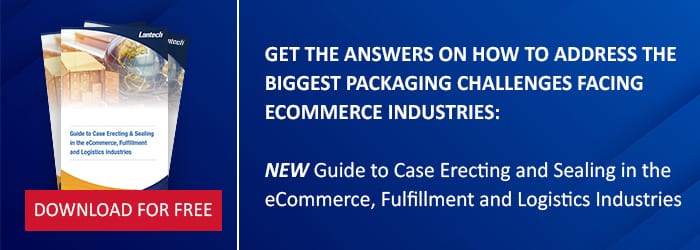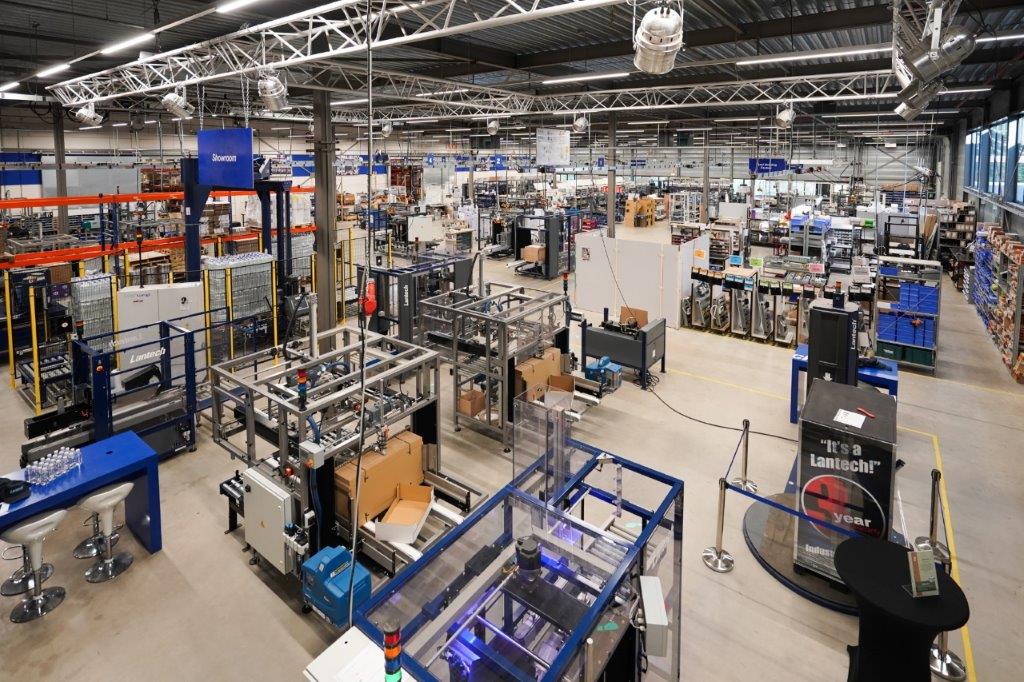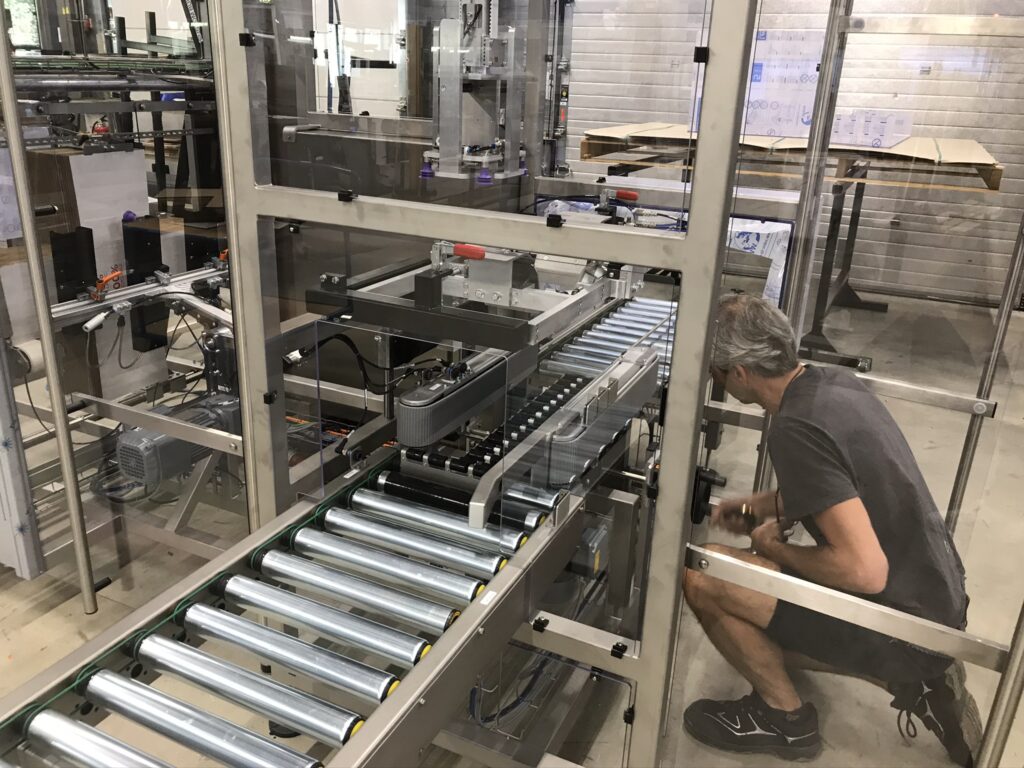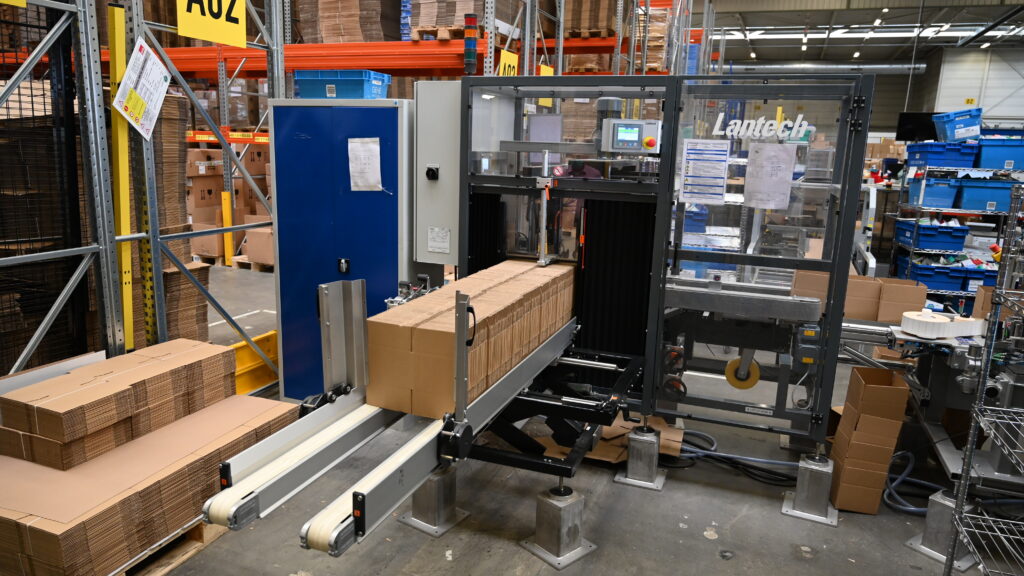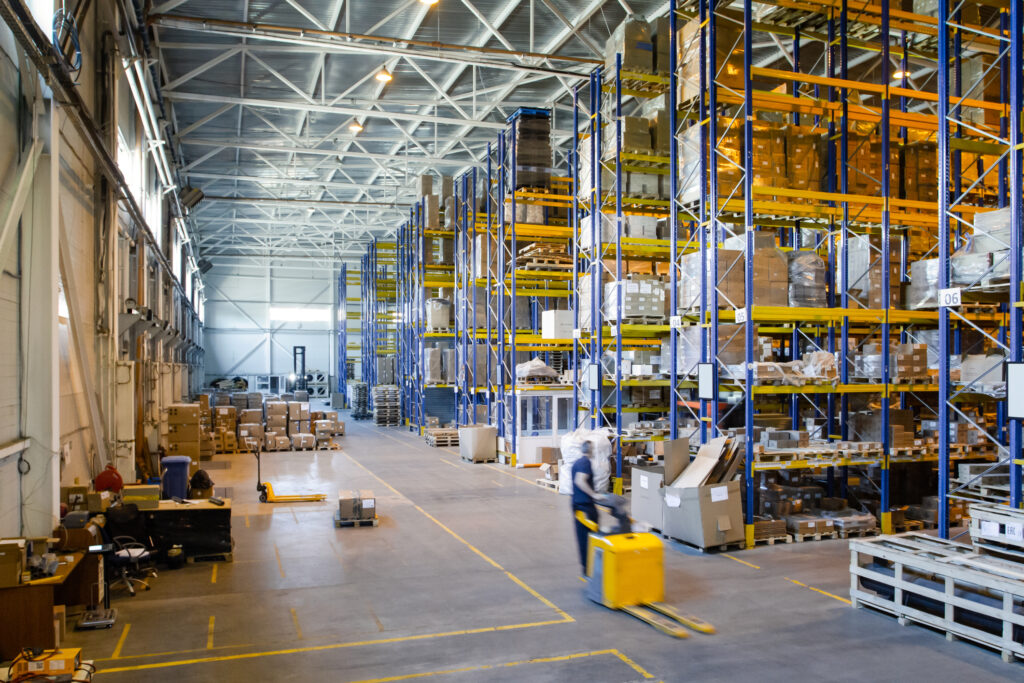The recent, unprecedented growth in the eCommerce industry has brought to light many packaging challenges faced by the fulfillment and logistics industries on a worldwide scale. But in order to understand those challenges, you first have to know what makes these industries unique.
eCommerce gives consumers a seemingly endless array of product choices with the added convenience of delivery of the product right to your door. Fulfillment and Logistics companies have to be able to quickly shift production to meet the constant fluctuation of consumer demand, all while maintaining their output to ensure quick delivery that consumers have also come to expect when ordering products online.
Packaging plays a crucial role when meeting these demands. Products not only have to be protected from damage during transit, but they also have to be packaged efficiently to keep up with demand and to help lower shipping costs, especially when shipping in high volumes. While packaging needs can vary widely from business to business, there are a few major packaging challenges that all of these companies share:
- The Rising Cost and Availability of Quality Labor and the Desire to Automate
This rapid growth of eCommerce is creating a demand for even more workers in an industry that was already facing labor shortages. As a result, more and more companies are turning to automation and look to implement complete warehouse management systems. But for many, automation seems too expensive and there are concerns about ROI when purchasing equipment.
- Increasing Pressure to Become More Sustainable
Another significant shift in consumer demand has been a desire to purchase from companies who have committed to achieving sustainability. To meet some of those goals, manufacturers are looking for ways to make their internal fulfillment and logistics processes more sustainable while others are partnering with 3rd parties who are environmentally conscious.
- The Need for Flexibility and Efficiency
As consumer habits and packaging requirements can change on a dime, production processes must be able to shift just as quickly. Fulfillment and logistics companies are looking to future-proof their operations to meet demand and remain competitive in the market.
The right case handling equipment can address all of these issues and the ROI speaks for itself: it costs approximately 7 cents to erect a case by hand, while a machine can erect that same case for only 3 cents.
When choosing automation for these industries, look for machines that can address all three challenges and maximize your ROI. Specifically look for:
- Machines designed with flexibility in mind that can detect different case sizes and automatically make adjustments as needed.
- Equipment that provides complete control of blanks so that perfectly square cases are erected and sealed every time, despite corrugate irregularities. This type of control allows you to use all of the cases in a bundle, which helps eliminate waste. Furthermore, square cases pack, stack and ship better, which reduces product damage and increases packaging efficiency.
In our new Guide to Case Erecting & Sealing in the eCommerce, Fulfillment and Logistics Industries, we take a deeper look into these issues and provide insights for choosing the right equipment to overcome these challenges.
